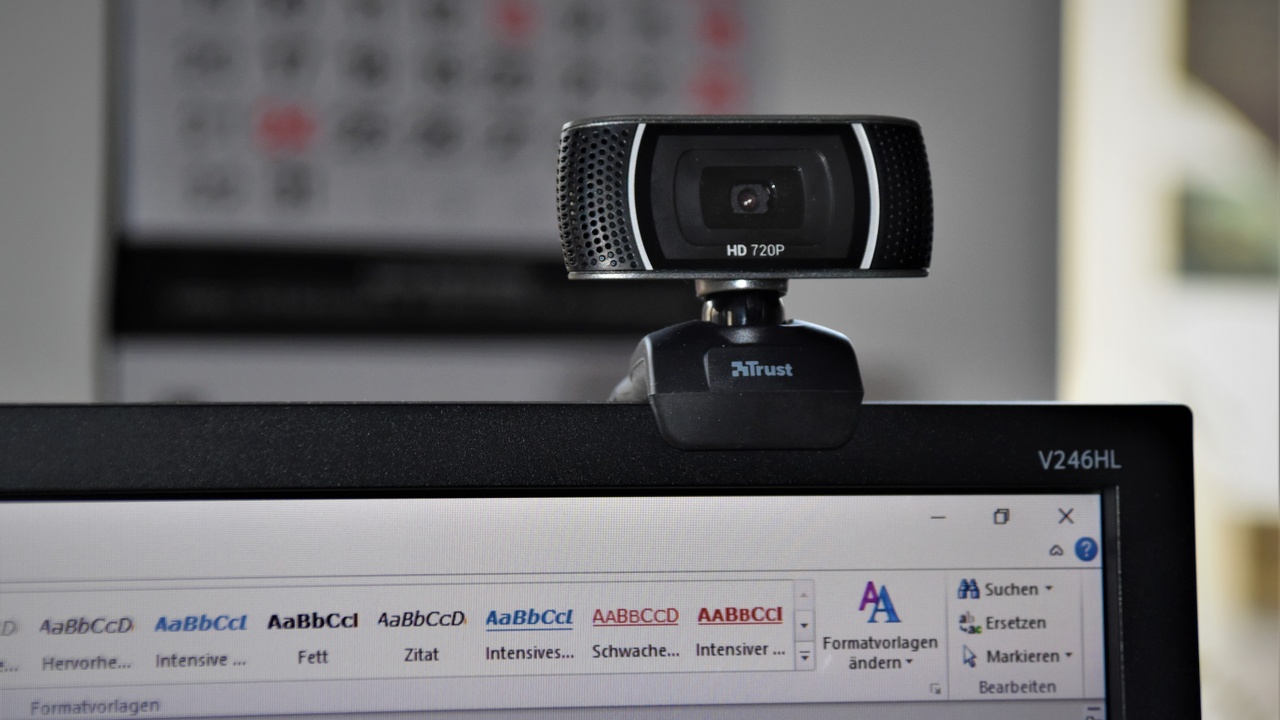Synching Your Body Clock to Be Your Best

Human beings don’t all experience a day in precisely the same way. Each of us has a “chronotype” –– a personal pattern of circadian rhythms that influences our physiology and psychology.
–– Daniel Pink
By John Millen
If you’re reading this in the early morning, chances are you’re an early bird, often referred to as a “lark.” If it’s very late at night, you may be a “night owl.”
You may have come to think of yourself as clearly one or the other, but research shows that most of us likely fall somewhere in the middle. These people are what author Daniel Pink refers to as “third birds.”
And whether we perform at our best at mental or physical activities depends on the right alignment of the tasks with our personal chronotype. Pink writes that, “What ultimately matters…is that type, task, and time align––what social scientists call ‘the synchrony effect.’”
In his best-selling book, WHEN: The Scientific Secrets of Perfect Timing, Pink notes from research the three chronotypes distribution: larks are 14 percent; owls are 21 percent; and third birds make up 65 percent of the population.
I’ll only explain on one idea here. I recommend this book because Pink goes well beyond this to explain the incredible influence of timing on performance in the world around us and gives actionable advice for achieving your best.
Which bird are you?
To help you determine your chronotype, Pink has a simple approach:
Please think about your behavior during your “free days” –– days when you’re not required to awaken at a specific time. Now answer these three questions:
1. What time do you usually go to bed?
2. What time to you usually wake up?
3. What is the middle of those two times––that is, what is your mid-point of sleep? (For instance, if you typically fall asleep around 11:30 p.m. and wake up at 7:30 a.m., your midpoint is 3:30 a.m.)
Here’s an even simpler method. What time do you wake up on weekends (or free days)? If it’s the same as weekdays, you’re probably a lark.
If it’s a little later, you’re probably a third bird. If it’s much later––ninety minutes or more––you’re probably an owl.
A graph in Pink’s book shows that if your mid-point of sleep is between 3:30 a.m. and 6 a.m. you are likely a third bird, like the majority of people. You can view a similar graphic on his website. If you visit, click to enlarge the graphic.
When to achieve peak performance
Now that you know your chronotype, the question is when should you perform certain activities to achieve peak performance. Pink answers that question with the chart that I’ve recreated from his book:

For your reference, “insight tasks” require creativity and “making an impression” is being in front of people, such as a job interview or sales pitch.
Now you know. Think about how you might schedule your day to best perform at tasks within your chronotype. Also, just as important, consider your team and its members, whose chronotypes you might be able to guess by their behavior.
When should you schedule a team brainstorming meeting? Late afternoon
When should you schedule job candidate interviews? Mornings
When should you make important decisions? Depends
Using these insights to synchronize the type, task and time of your activities will give you and your team the opportunity to achieve your peak performance.








